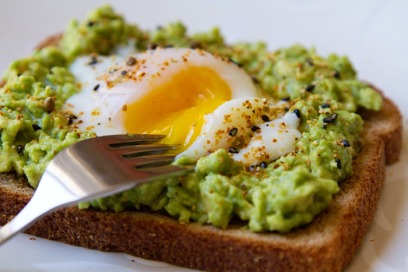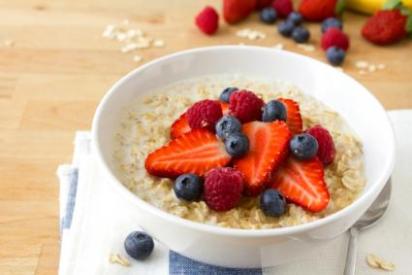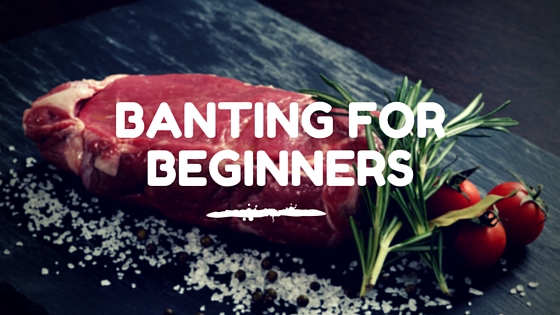
I was on the train last month when I overheard someone say that they were a banter. I must admit that I didn’t actually know what they were talking about. Was it a secret society? Did it involve wearing odd shoes and doing a special handshake? Was the first rule of banting that you can’t talk about banting? When I did some research, it turned out to be something completely different. If, like me, you have been confused by the banting phenomenon, look no further. Here is Stick Insectz guide to Banting For Beginners.
Banting is a low carbohydrate, high fat eating plan (LCHF). It was started by William Banting in 1862 but it gained popularity with Professor Tim Noake’s book: The Real Meal Revolution.
There’s a lot of scientific mumbo jumbo surrounding how banting works, so here is a simplified explanation for all of us non-Einsteins. The basic principles behind banting are that fat is not actually bad for our health and that it is sugars and carbohydrates that are the real enemies, stealing our energy and inflaming our arteries and organs causing numerous chronic diseases. By eating a high fat diet, banters believe it is possible to undo the harm caused by sugars. I don’t like to dwell too much on the idea of leaky arteries, who does ? So let me take a moment to divert your attention towards weight loss: as well as being beneficial for health, it turns out that banting can also make you skinny. Indeed, this is why many turn to banting in the first place.
Unlike other high fat diets, banting is not actually a high protein diet. It consists of high fat, medium protein and low carbohydrates. It can be a bit of a minefield for novices to understand exactly what they can and can’t eat so if you are preparing to give it a go, our best advice is to go easy on yourself and treat it as a learning process. There’s a lot of information out there about ‘good’ banting foods and ‘bad’ banting foods and a number of websites dedicate themselves to easy recipes for beginners. You will probably make some mistakes at the start as with all new lifestyle choices, but just keep going.
Here to help you with your food selection is our top ten tip list. Let the banting begin:
- Step away from the soda. It’s filled with sugar and it’s very bad for you. This includes diet soda which contains artificial sweeteners.
- Avoid processed cereals. They contain ‘hidden’ sugars even though they are marketed as being healthy. Grains and flour based products are also anti-banting.
- Eat more fat. Yay! But not chocolate. Boo! The best rule is to eat fat derived from animals and not fat from seeds such as sunflower oil or hydrogenated vegetable oils.
- Eggs are amazing.
- Natural animal meats are good but steer clear clear of over-processed meats or those cured with sugar e.g. processed luncheon meats.
- Green veggies are good. They’re low in carbs and bulk out meals.
- Artificial sweeteners of any kind are bad news, use honey if you need a sweeter taste.
- Alcoholic drinks such as beer and cider are not good banting companions. If you want to drink alcohol, spirits such as vodka would be better but avoid soda or juice mixers. Alcohol is a toxin, so moderation is the keyword here.
- Fruits are ok in moderation but not fruit juices.
- Fatty dairy products are good such as full fat milk and yogurts but watch out for added sugars or artificial sweeteners..
Now that you have a clearer idea of what you can and can’t eat as part of the banting programme it’s time to put it into practice. If you have all the culinary imagination of a snail, never fear, Stick Insectz can recommend a number of websites with killer banting recipes.









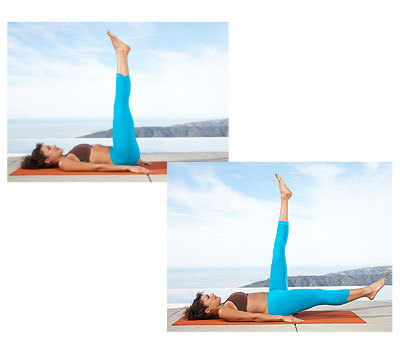
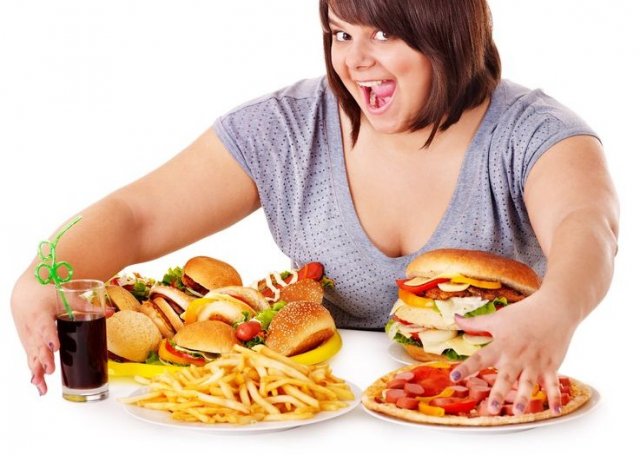
 The acai berry is packed full of nutrients. Grown in South America, they are low in sugar but full of iron, calcium, fibre and vitamin A. You can buy acai berry based smoothie mix at most stores. Just make up the mix adding water or apple juice and top with pomegranate seeds, banana, anti-oxidising blueberries and some grated coconut. Add a crumbled plain granola bar or oatmeal for texture and you have a nutritious breakfast bowl.
The acai berry is packed full of nutrients. Grown in South America, they are low in sugar but full of iron, calcium, fibre and vitamin A. You can buy acai berry based smoothie mix at most stores. Just make up the mix adding water or apple juice and top with pomegranate seeds, banana, anti-oxidising blueberries and some grated coconut. Add a crumbled plain granola bar or oatmeal for texture and you have a nutritious breakfast bowl.